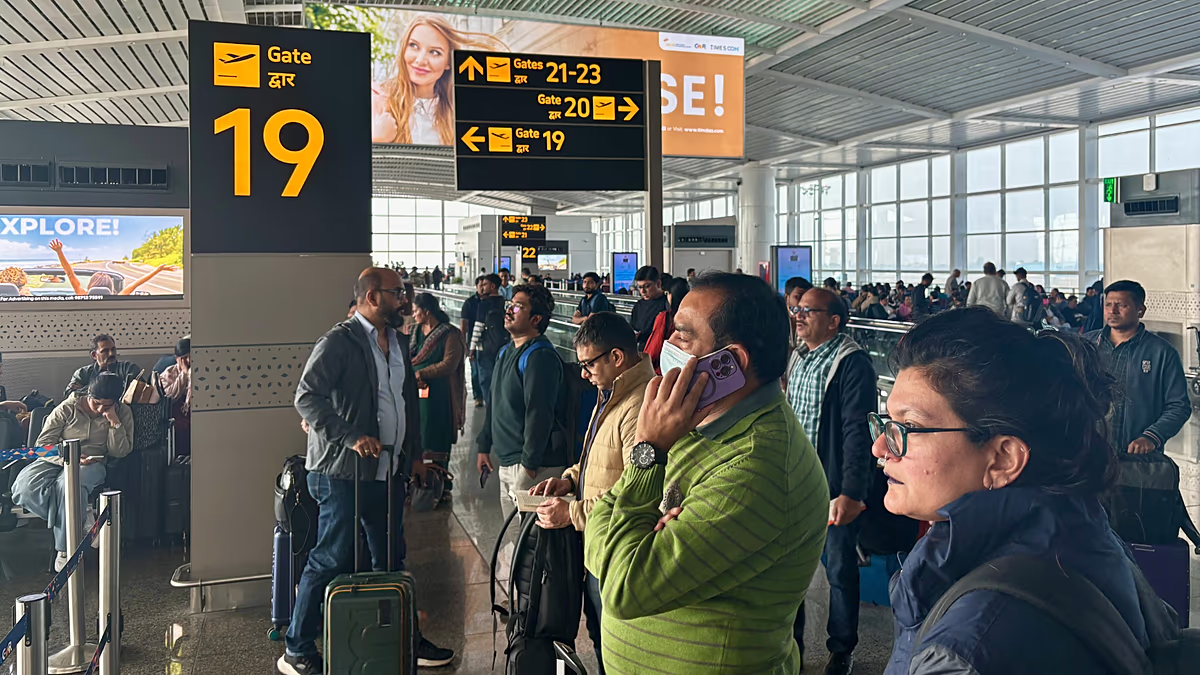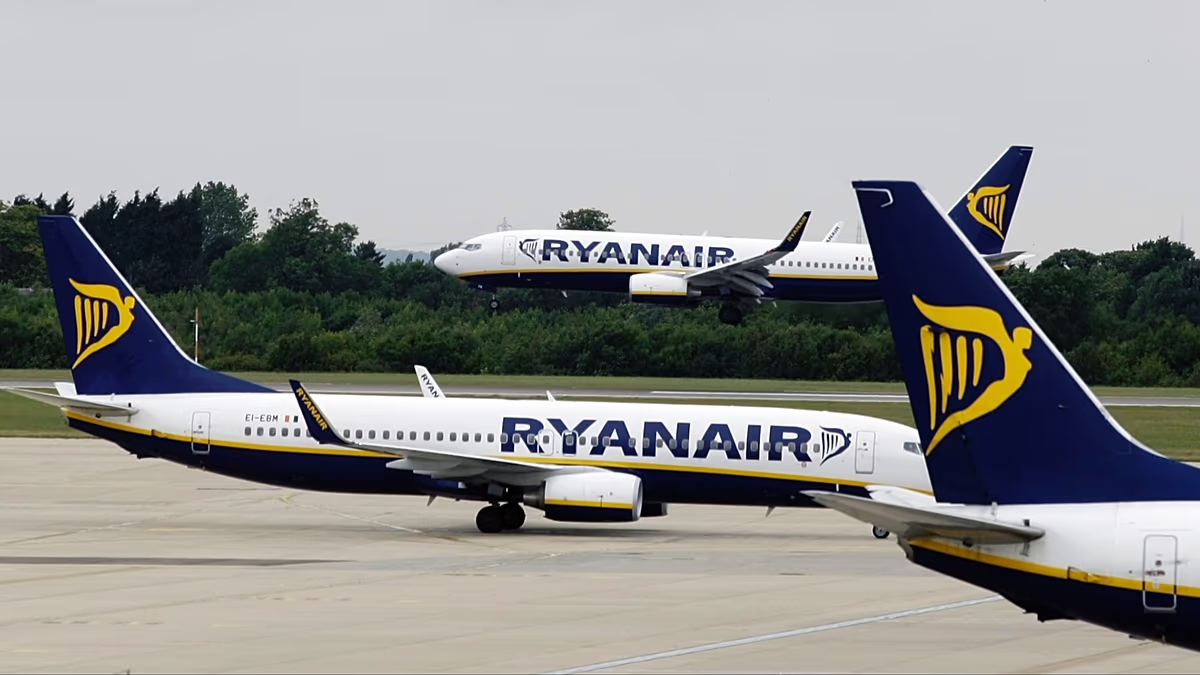Iceland’s Tourism Resilience: Beyond the Headlines
Despite some reports suggesting a decline in Iceland’s appeal as a travel destination, the Nordic island nation has welcomed an impressive 1.7 million international visitors in just the first seven months of 2025. This robust figure challenges the narrative of a tourism slump and instead points to Iceland’s enduring attraction for travelers worldwide. The volcanic landscapes, geothermal wonders, and unique cultural experiences continue to draw visitors from across the globe, demonstrating that Iceland remains a premier destination for those seeking natural beauty and adventure.
Behind these numbers are real human stories – families witnessing the Northern Lights for the first time, solo travelers finding community in Reykjavík’s vibrant cafés, and adventure seekers standing in awe before massive waterfalls or hiking across ancient glaciers. Each visitor contributes to Iceland’s tourism ecosystem, supporting local businesses, from family-run guesthouses in remote fishing villages to tour operators showcasing the country’s natural wonders. These interactions create lasting memories and cultural exchanges that statistics alone cannot capture, forming the true heart of Iceland’s tourism success.
The consistent influx of tourists speaks to Iceland’s successful adaptation to changing travel trends and preferences. Icelandic tourism authorities have worked diligently to promote sustainable tourism practices and to showcase less-visited regions, helping to distribute tourist numbers beyond popular spots like the Golden Circle and Blue Lagoon. This strategy has resonated with modern travelers increasingly concerned about overtourism and environmental impact. Many visitors now venture to the less-explored Westfjords or East Iceland, discovering authentic experiences while reducing pressure on more famous attractions.
The country’s tourism resilience also reflects broader shifts in global travel patterns, with more people seeking outdoor adventures and natural environments following the pandemic years. Iceland’s vast open spaces, clean air, and sense of isolation have become even more valuable in travelers’ minds. Additionally, improved air connectivity with major international hubs has made the island more accessible than ever before. The midnight sun of summer and the winter aurora season create year-round appeal, helping to sustain tourism numbers across traditionally slower periods and providing economic stability for those working in the industry.
Local perspectives on tourism remain complex and nuanced. Many Icelanders appreciate the economic benefits and cultural exchange that international visitors bring, while others express concerns about environmental impacts and authenticity. This tension has sparked meaningful conversations about the future of tourism in Iceland, leading to innovative approaches that aim to balance growth with sustainability. Community-led initiatives have emerged across the country, with locals creating unique experiences that showcase Icelandic traditions, from fermentation workshops to storytelling evenings, offering visitors deeper connections to the culture while preserving important heritage.
Looking ahead, Iceland’s tourism sector appears poised for continued success despite competitive global markets and economic uncertainties. The 1.7 million visitors so far this year represent not just statistics but a vote of confidence in what Iceland offers: authentic experiences in one of the world’s most spectacular natural settings. As the industry evolves, the focus increasingly turns to quality over quantity – creating meaningful experiences that benefit visitors and locals alike while protecting the very landscapes that make Iceland so special. This balanced approach suggests that reports of Iceland’s diminished appeal have been greatly exaggerated, as millions continue to discover or rediscover the magic of this extraordinary island nation.












